Kurz aber knifflig lautet die Devise, wenn es um Mikrokryptogramme geht. Auf zwei davon bin ich kürzlich gestoßen. Können meine Leser sie entziffern?
English version (translated with DeepL)
Zwei bereits bekannte Beispiele
Im Juli habe ich über ein Mikrokryptogramm gebloggt, auf das mich Cipherbrain-Leserin Ruth Krämer-Klink hingewiesen hat. Es stammt von einem inzwischen übermalten Graffito auf dem Damaschkeplatz in Groß-Herau (Hessen):
Das Kryptogramm ist eingekreist. Es besteht nur aus fünf Symbolen. Blog-Leser Toni-Ketzer schrieb dazu:
Die Symbole stehen typisch als in Stein gemeißelter Wegweiser, von woher man kommt. Oben: Süd-Nord-Ost. Unten: Ost und West, wo die Sonne untergeht. Ganz unten sei der symbolische Weg, allgemein woher man auch immer kommt. Man trifft auf Pflanze und Kreatur welche sich alle Richtung Süd orientieren. Frage: Wo ist der Ort Garten Eden zu finden?
Ist das die richtige Lösung? Lesermeinungen nehme ich gerne entgegen.
Im gleichen Blog-Post stellte ich außerdem folgendes Mikrokryptogramm vor (es stammt von Reddit):
Es gab zwar interessante Kommentare zu dieser Tätowierung, aber lösen konnten meine Leser dieses Rätsel leider nicht. Gelingt es vielleicht jetzt?
Ein verschlüsselter Filmtitel aus dem Jahr 1932
Kommen wir nun zu einem Mikrokryptogramm, über das ich noch nicht gebloggt habe. Jozef Krajčovič, ein Leser dieses Blogs aus der Slowakei, hat es auf Facebook vorgestellt:
Es handelt sich um eine Challenge aus dem Jahr 1932. Sie besteht nur aus drei Wörtern. Der Klartext ist laut Jozef bekannt. Es geht um den Titel eines Mantel-und-Degen-Films. Kann ein Leser dieses Mikrokryptogramm lösen? Ich vermute stark, dass es mit den drei Musketiere zu tun hat.
Eine Buch-Titelseite von 1896
Ein weiteres Mikrogramm, auf das ich kürzlich gestoßen bin, findet sich auf einem Buchtitel aus dem Jahr 1896:
Das Buch heißt passenderweise “Cipher Message”. Das Kryptogramm lässt sich wie folgt transkribieren:
B-QRs-6
Findet ein Leser heraus, was das bedeutet?
Follow @KlausSchmeh
Further reading: The Top 50 unsolved encrypted messages: 37. The Shugborough inscription
Linkedin: https://www.linkedin.com/groups/13501820
Facebook: https://www.facebook.com/groups/763282653806483/

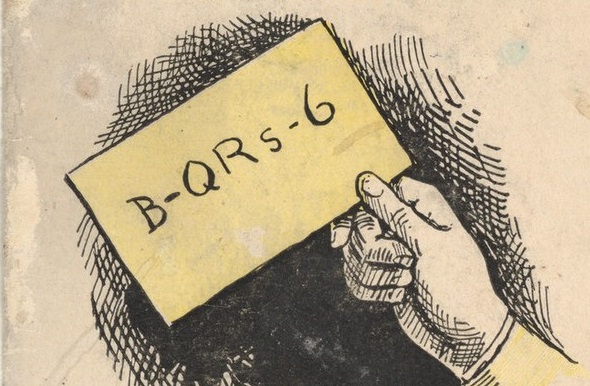
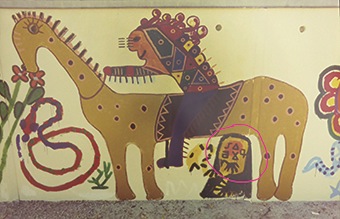
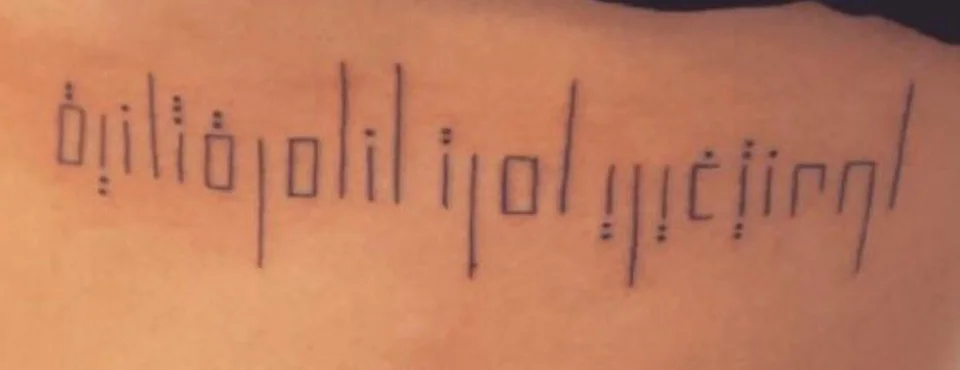
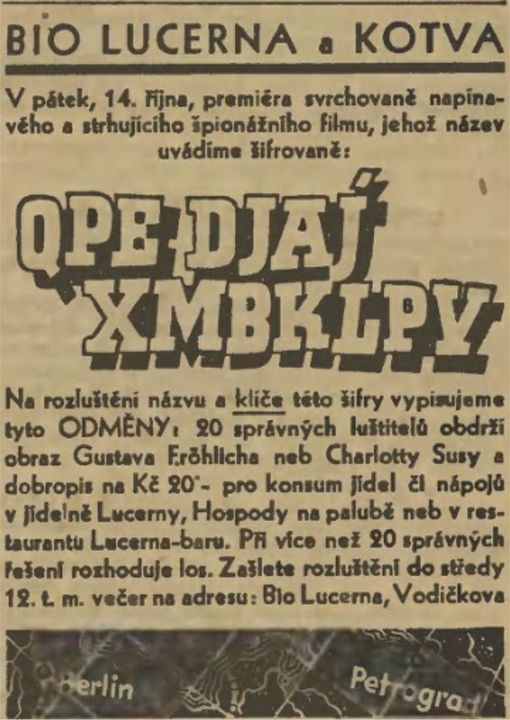
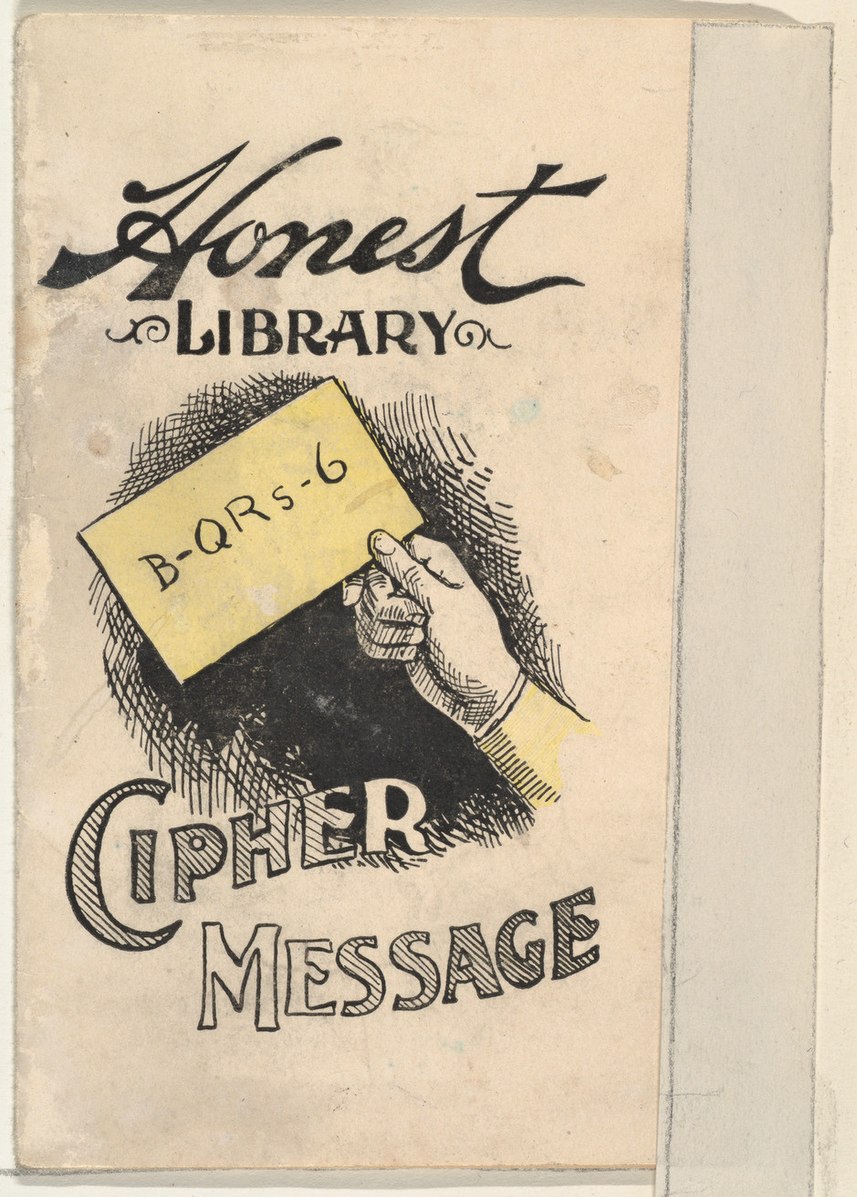

Kommentare (26)